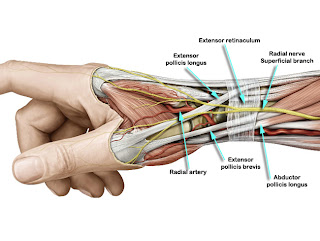Robot-aided neurorehabilitation
Colombo R et al (2005) reported robot-aided neurorehabilitation may improve the motor outcome and disability of chronic post-stroke patients. In 1991, a novel robot, MIT-MANUS, was introduced to study the potential that robots might assist in and quantify the neuro-rehabilitation of motor function. MIT-MANUS proved an excellent tool for shoulder and elbow rehabilitation in stroke patients, showing in clinical trials a reduction of impairment in movements confined to the exercised joints. This successful proof of principle as to additional targeted and intensive movement treatment prompted a test of robot training examining other limb segments. Relationship between robot measured parameters and the clinical assessment scales show a moderate and significant correlation. So robot measured parameters may provide useful information about the course of treatment and its effectiveness at discharge.
Contact author:
hikrebs@mit.edu
rcolombo@fsm.it
Contact author:
hikrebs@mit.edu
rcolombo@fsm.it


Comments
Post a Comment